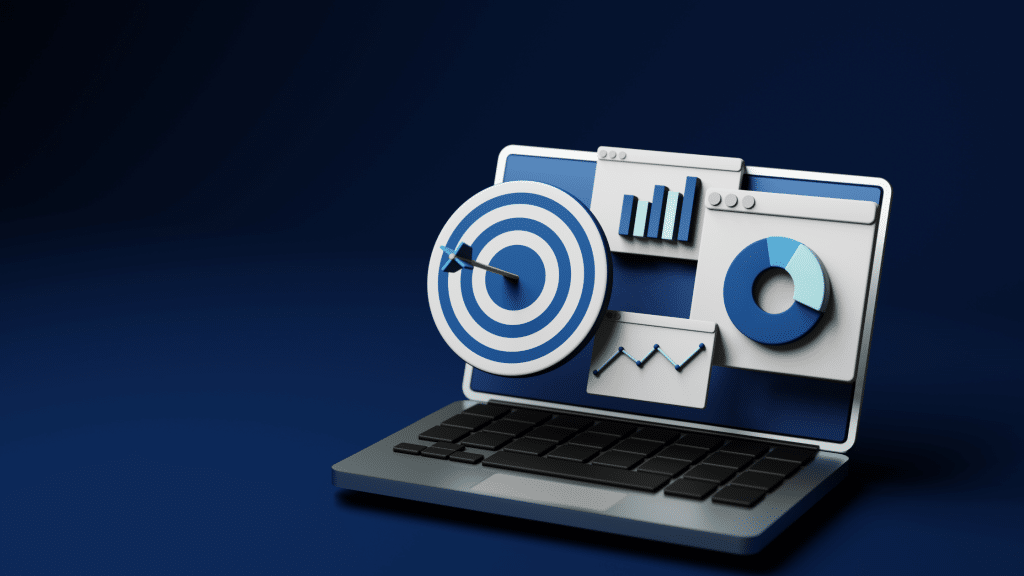Decision science explores how people make choices. It combines psychology, economics, and neuroscience. Understanding decision science can improve our daily choices.
The Basics of Decision Making
Our brain is the control centre for decision making. It processes information, weighs options, and makes choices. Different brain regions work together in this process. The prefrontal cortex handles planning and reasoning. The amygdala processes emotions that influence our decisions.
Cognitive psychology studies how we think and make decisions. It examines mental processes involved in problem-solving and judgment. Behavioral economics looks at how social and emotional factors affect decisions. These fields contribute to our understanding of decision science.
Psychological Factors in Decision Making
Biases and heuristics often influence our choices. Cognitive biases are mental shortcuts that can lead to errors. The confirmation bias makes us seek information that supports our beliefs. Availability bias causes us to rely on easily recalled information.
Heuristics are mental rules we use to make quick decisions. The anchoring heuristic makes us rely heavily on initial information. The representativeness heuristic leads to decisions based on stereotypes. Awareness of these biases can help us make more rational choices.
Emotions and Decision Making
Emotions play a key role in our decision-making process. They can guide us towards choices aligned with our values. Strong emotions can also cloud our judgment. Fear might make us avoid risks. Anger could lead to impulsive decisions.
Balancing emotions and reason is key to effective decision making. Acknowledging our feelings helps us make more balanced choices. Taking a step back to evaluate situations objectively is important.
Risk Assessment in Decision Making
Assessing risks is a crucial part of decision science. We often face uncertainty when making choices. Risk assessment helps us evaluate potential outcomes of our decisions. It involves identifying, analyzing, and prioritizing potential risks.
Probability theory and statistics are tools used in risk assessment. They help quantify the likelihood of different outcomes. Understanding risk can lead to more informed and confident decisions.
Problem-Solving Techniques in Decision Making
Effective problem-solving is essential for good decision making. Breaking down complex problems into smaller parts can help. Brainstorming generates multiple solutions to consider. Critical thinking helps evaluate these options objectively.
Decision tree analysis is a useful problem-solving tool. It maps out possible decisions and their potential consequences. This visual representation can clarify complex choices. It helps identify the most favorable course of action.
Rational Choice Theory
Rational choice theory is a framework in decision science. It assumes people make logical decisions to maximize their benefit. This theory considers costs, benefits, and probabilities of different options. It provides a structured approach to decision making. Rational choice theory has limitations. It doesn’t account for emotional or social factors. Real-world decisions often involve complex, hard-to-quantify elements. Understanding these limitations helps us use the theory more effectively.
Group Decision Making
Many important decisions are made in groups. Group decision making has both advantages and challenges. It can bring diverse perspectives and expertise to the table. But it can also lead to groupthink or conflict.
Effective group decision making requires good communication. It needs clear goals and roles. Techniques like nominal group technique can improve group decisions. Understanding group dynamics is crucial in organizational decision making.
Decision Support Systems
Technology plays an increasing role in decision science. Decision support systems are computer-based tools that aid decision making. They can process large amounts of data quickly. These systems provide analysis and recommendations to decision makers.
Artificial intelligence is advancing decision support systems. Machine learning algorithms can identify patterns in complex data. They can make predictions and suggest optimal choices. Artificial intelligence is revolutionizing decision-making in various domains. Using predictive analytics and prescriptive algorithms, AI systems can provide valuable insights and recommendations that augment our decision-making capabilities. Tools like Graphite Note’s no-code predictive and prescriptive analytics platform empower individuals and organizations to make data-driven decisions with ease.
Judgment Under Uncertainty
Many decisions involve uncertainty about outcomes. Judgment under uncertainty is a key area in decision science. It studies how people make choices with incomplete information. Understanding probability and risk is crucial in these situations.
Techniques like scenario planning can help manage uncertainty. They involve imagining different possible futures. This helps prepare for various outcomes. Flexibility and adaptability are important when facing uncertain situations.
Improving Decision-Making Skills
Decision science offers insights for improving our choices. Awareness of biases is the first step. Practicing critical thinking can lead to more rational decisions. Emotional intelligence helps balance feelings and logic in choices. Continuous learning is key to better decision making. Studying past decisions, both successes and failures, is valuable. Seeking diverse perspectives can broaden our understanding. With practice, we can make more effective choices in life. As our understanding of decision-making expands, the future holds exciting possibilities for advancements in this field.
Through understanding the basics of decision-making, delving into the science behind effective choices, and implementing strategies for improvement, we can make better decisions that lead to success and fulfillment in all aspects of our lives. With advancements in technology, like Graphite Note’s predictive and prescriptive analytics platform, we have powerful tools at our disposal to enhance our decision-making capabilities. Embrace the science of decision-making, engage with the topic, and unlock the secrets to making effective choices. Graphite Note is here to transform your data into actionable insights and precise predictions, all without the need for coding. Whether you’re part of a growth-focused team, an agency without a data science department, or a data analyst looking to harness the potential of predictive analytics, Graphite Note’s platform is tailored to meet your needs. Take the first step towards smarter, data-driven decisions and request a demo today.
Discover how our no-code predictive analytics can unlock unparalleled efficiency and insights for your business.





